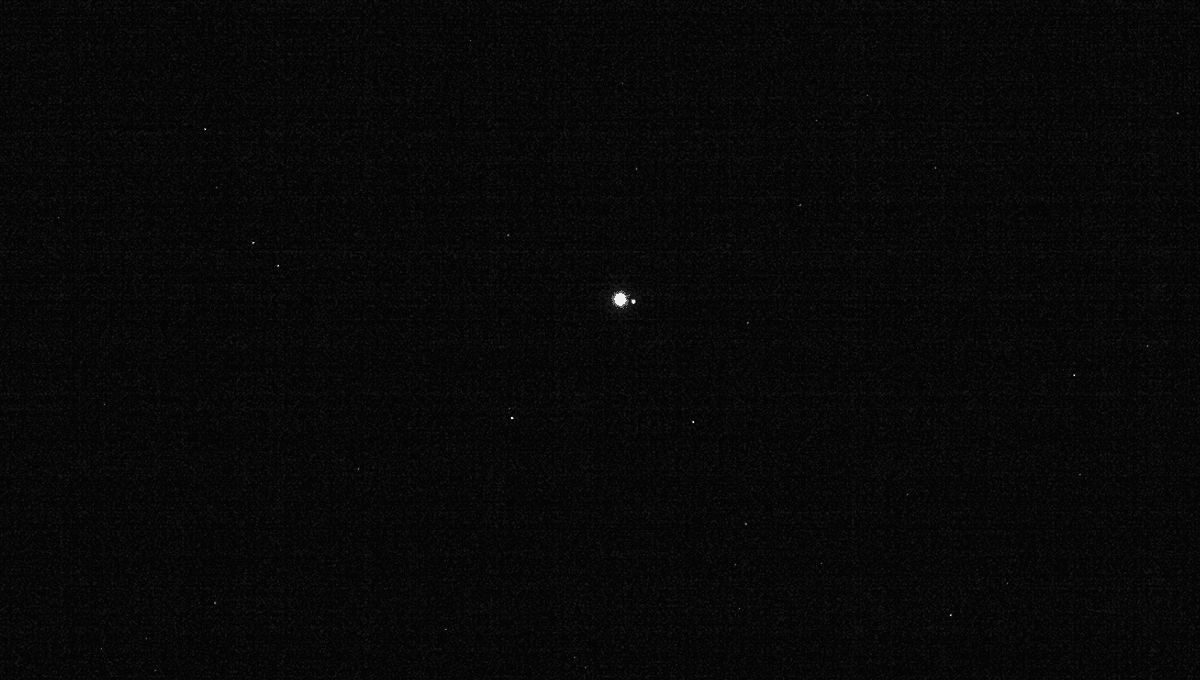
A new paper has attempted to answer the question of whether Earth, and our artificial constructions, are visible to advanced alien civilizations out there also on the search for life.
The hunt for alien life, as it is at the moment on Earth, is fairly elegant in its simplicity. As well as looking out for potential signals deliberately or unintentionally sent out into space by alien civilizations, we scan the stars for tiny dips in light that suggest an exoplanet has blocked our view of its light.
Once we have located an exoplanet, we can look at factors such as where the planet is in its solar system to figure out if it is in a habitable zone. Gases in planets’ atmospheres block specific wavelengths of light, meaning that if we measure the spectra, we can get an idea of the chemical composition of the planet, searching for potential indicators of life.
Our methods, and telescopes, have advanced pretty quickly. According to research in 2013, if the JWST was placed 50 light-years away from Earth it would still be able to detect signs of life on the planet.
In a new paper, Z. Osmanov, a researcher with the Search for Extraterrestrial Intelligence (SETI), attempted to answer whether alien civilizations with more powerful telescopes could go further and detect complex structures on our planet, a surefire sign of intelligent civilizations. You don’t get many skyscrapers built by single-celled life, or dogs.
Osmanov focused on the capabilities of Type I and Type II civilizations on the Kardashev scale. Type I civilizations are hypothetical alien societies that can harness all the energy on their planet from their host star, whereas Type II civilizations can harness the total energy of the host star itself.
“Since the question is to identify our society with civilization, the major focus should be on the search for large ships, buildings and space satellites etc,” Osmanov writes in the paper. “Such artifacts might easily be identified as artificial constructions. For this purpose, it is natural to focus on the visible light reflected from the corresponding objects.”
While it might sound difficult or impossible to figure out what technology advanced, star-harnessing civilizations are capable of, we know that they too are constrained by the laws of the universe. A way to detect buildings and structures on a far-off planet likely requires seeing it from several angles.
“Instead of using large telescopes of astronomical sizes (although, such a possibility cannot be excluded from consideration), one can apply long baseline optical interferometry, by using at least two telescopes separated by a huge distance.”
Even placing extremely large telescopes – with a diameter of several million kilometers, out of reach of Type I civilizations though hopefully not Type II civilizations – far apart from each other, there are limits to the distance at which we can be detected.
“We have found that the maximum distance, where a 10 meter length-scale construction might be spatially resolved is of the order of 3000 ly [light-years],” the paper explains.
Using the Drake equation (a speculative way of calculating the probability of alien life based on constraints such as the number of planets in habitable zones etc), and assuming the distribution of potential alien civilizations are evenly distributed throughout the galaxy, Osmanov speculates that around 650 alien civilizations may be close enough to detect our buildings and structures if they are looking.
Of course, depending on how far away the civilization is, they would be looking earlier in our history, detecting (for example) the structures built by the Maya or Ancient Romans.
The study is published in Acta Astronautica.
Source Link: Our Buildings Could Be Visible To Alien Civilizations Thousands Of Light-Years Away